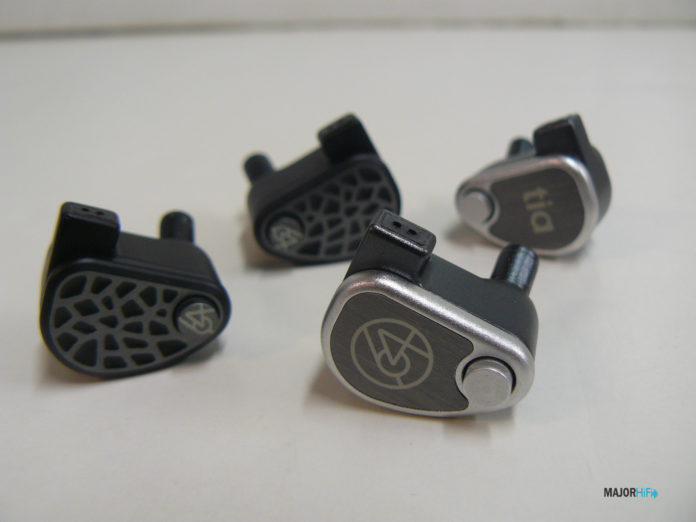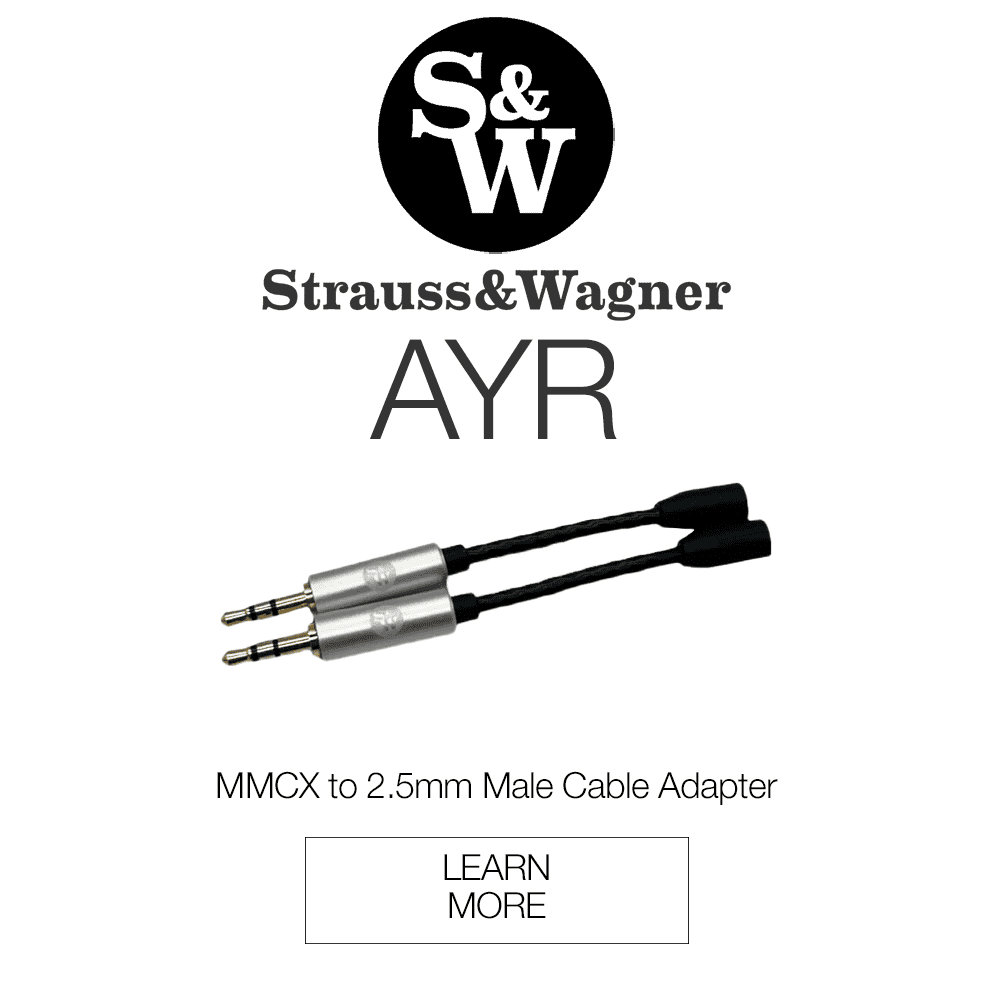We recently saw the release of the new U18s from 64 Audio, and I couldn’t be happier with how they turned out. In my review, I praised the U18s for having a deep soundstage and rocking bass response while featuring a unique design. Of course, with its release come the comparisons, as is common with headphones and IEMs. With 64 Audio there’s a sizable library of different models to choose from, including the original U18t. I thought a more interesting analysis would be how the U18s compares to an item like the U12t? There is a thousand dollar price difference, but what exactly makes the U18s with it over the U12t, and how do their sound signatures compare? We’re going to take a look, and get to the bottom of which IEM might sound right for you.
What You Get
Both packages have the same basic layout and contain a similar amount of accessories, but there are a few key differences. One of which is the number of apex modules each IEM includes. The U18s supply one extra set, the mX, which attenuates -10dB of sound pressure. The U12t only includes m20, and m15 modules. TrueFidelity, Silicone, and foam ear tips are supplied with both earphones, with the U12t coming with additional tools, like a shirt clip, cleaning tool, and dehumidifier. I believe the biggest difference, and one of the biggest upgrades, from the U12t to the U18s is the stock cable. Each comes with a 2 pin, 3.5mm detachable cable, but the one that comes with the U18s is a much thicker 8-braid silver chord that appears much more durable than the one with the U12t.
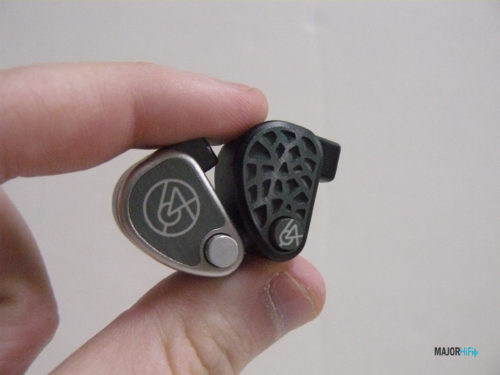
Look and Feel
If you’re familiar with 64 Audio, you know that most of their universal IEMs consist of the same shape and style of housing. The ear within an ear philosophy of design has worked well for the manufacturer, and I don’t see a point in changing things up here. However, the U18s sees a much greater aesthetic change, featuring a more modern sense of artistry, using these black graves of varying sizes on top of a silver aluminum finish. The U12t also features this aluminum makeup, but without the spark, the U18s have in their aesthetic.
It’s the fit that’s going to be the most similar aspect of both these earphone designs. They both sport that thin nozzle that 64 Audio loves so much, so ear tip selection matters a lot here. With 64 Audio I usually gravitate towards the silicone tips, as they seem to fit the most natural, and don’t leave the lip of the grille hanging out like some of the other selections do. Foam works to eliminate this sensation as well but is harder to keep in place for me. The U18s and U12t both have their sweet spots, and once you find them, the earphones feel secure and provide a standard level of comfort.
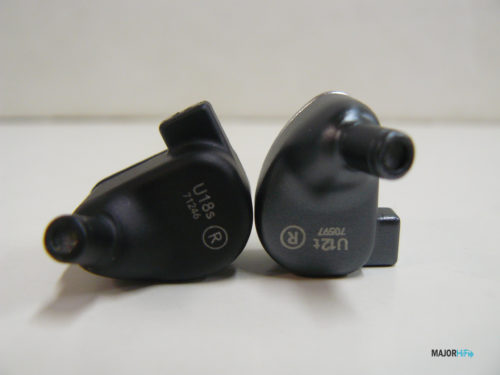
Design
While 64 Audio constructs a bereft and complex system in the U12t, and shares some similar technology with the U18s. Tia and LID tech can be seen in other systems, however, when it comes to the number of drivers and crossover design, the U18s has the U12t beat in several ways. The single-bore tia used in the U12t incorporates 4 drivers for lows, 6 for mids, and a tia high and high-mid driver. The U18s has an 18 driver system, which gives this IEM so much more potential, but it should still be appreciated for what 64 Audio does with the U12t system as well. The design here is high-end, with both IEMs, and it showcases 64 Audio’s expert craftsmanship in a greater manner.
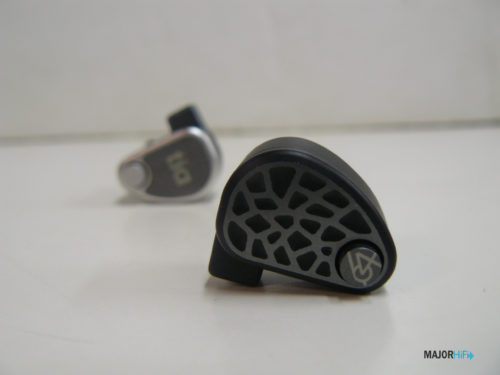
Soundstage
When it comes to the soundstage and imaging, you can see that each earphone brings an incredibly high level of depth to its respective soundstage. However, in most cases, the U18s outdoes the U12t in several ways. The U18 takes its depth to an extreme degree, providing some of the most immersive imaging available on an IEM. That’s not to say the U12t doesn’t also feature a deep and sophisticated stage as well, but listening to them both back to back, the U18s goes above and beyond with its layering and sense of space between sound elements. Without a doubt, you’ll find that both IEMs have something great to offer here, but I found the articulation of the U18s to be more substantial than of the U12t.
Low End
Interestingly, the lows are a stand out on both models, even when featuring completely different styles of timbre. The U12t has a bass that resonates with a natural timbre that is always focused on accuracy while still brimming with detail. In comparison, the bass on the U18s is a lot more intense. The U18s add that punch and impact the U12t can sometimes lack. It has the all-around more grand tonality, with a more textured response.
Mids
Switching things up, the U12t and U18s almost completely swap midrange timbre. The U12t has the richness that it lacks in its bass, while the U18s takes a step back in its mids, and takes on a more natural timbre. Each midrange showcases great detail retrieval, with articulation clean textures throughout, but the U18s aim for a more spacious resonance, than the solid, impactful tonality of the U12t.
Highs
The contrast in the treble response of both IEMs comes down to brightness, and how much you want of it. On the U18s, there’s a smoother, more digestible timbre that doesn’t lack sizzling textures and crispness. However, they aren’t as defined as the U12t, which puts its brightness a lot more forward, although it doesn’t have the same color or consistency as the U18s. It’s all a matter of how much treble you want in the timbre, but the U18s show the most consistency here, and found myself enjoying it more even though I’m a bigger fan of brighter treble.
Summary
Here we have two IEMs from one of the top manufacturers today, with both being among the best models they’ve put out. There are a lot of areas where I Think the U18s have the U12t beat by a considerable distance, but the U12t still comes with some of the richest frequency responses available. With that, the timbre can be all over the place at times, while the U18s remain steady throughout. With the added texture of the lows and highs, I think the U18s is a bit more worth it in the long run, but don’t count out the immense detail of the U12t as it can still surprise you.
Specs
| U12t | U18s | |
| Driver Configuration | 1 tia™ high, 1 high-mid, 6 mid, 4 low | 1 tia high, 1 high-mid, 8 mid, 8 low |
| Sensitivity | 108db @1kHz @1mw | 106 dB/mW @ 1kHz @ 1mW (84mV) |
| Frequency Response | 10Hz – 20kHz | 10Hz – 20kHz |
| Crossover | Integrated 4-way passive crossover | Integrated 4-way passive crossover |
| Isolation | -20dB w/ apex m20 module, -15dB w/ m15 module | -20dB w/ m20 module, -15dB w/ m15 module, -10db w/ mX module |
| Driver Type | Twelve precision balanced armature drivers | Eighteen precision balanced armature drivers |
| Impedance | 12.6 +1/-2 ohms from 10Hz – 20kHz | 8Ω Nominal |
The 64 Audio U18s and U12t are available at Audio 46.
Discuss the 64 Audio U18s and U12t on our forums here.
Compare the ranking of various headphones, earbuds and in-ear monitors using our tools.
Discuss this, and much more, over on our forum.
---MAJORHIFI may receive commissions from retail offers.


